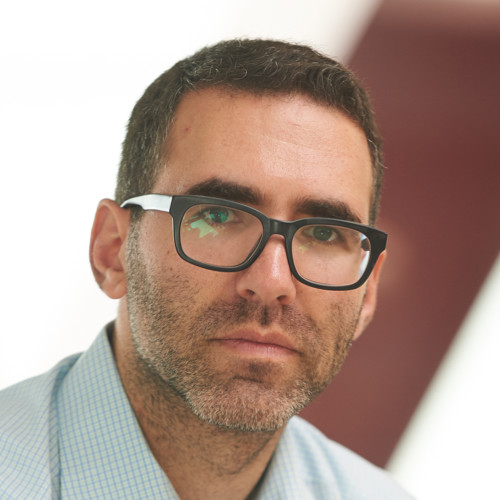Thought Leaders in Artificial Intelligence: Peter Brodsky, CEO of Hyperscience (Part 1)

AI-enabled automation is making good headway. This discussion looks at some use cases.
Sramana Mitra: Let’s start by introducing our audience to yourself as well as to Hyperscience.
Peter Brodsky: I’m the founder and CEO of Hyperscience. We are an automation company. We automate mostly things like data entry. Moving forward, we are going to be automating more and more companies with their business processes. That’s Hyperscience in a nutshell.
Sramana Mitra: Let’s double-click down. Speak to me in use cases so that we get a visceral view of what kind of customer problems you are solving.
Peter Brodsky: A lot of companies and governments have a lot of business processes that are document-based. Imagine, you have to get a mortgage. What do you have to do? You need to assemble a whole host of documents – your bank statement, tax returns, W2’s, letters of employment, and documentation of anything that you might own.
You submit this pile of documents that then gets processed. They look at your income and the application to determine whether or not you are eligible for a mortgage. The same general documents exist across industries. If you want a life insurance application, what do you do?
You do the same thing. You collect a whole host of documents – medical reports, lab reports, and questionnaires. The same is true if you want to get a work permit abroad. You need to submit a host of documents. There are all these processes whether we are talking about insurance, wealth management, healthcare, or governments. They are all document driven.
What we do is take a look at those documents that are not machine-readable where a person has to sit with a computer and type the document. We automate them. That’s where we started, but it also leads to an interesting journey.
Sramana Mitra: Where are you finding the maximum adoption? What industry sectors? What kind of use cases?
Peter Brodsky: We are a very horizontal company. Documents are the primary means by which organizations exchange information with each other. With that said, there is no industry where we are necessarily ahead of any others that are in our portfolio.
We target the four big ones that I mentioned – insurance, healthcare, finance, and government. Those are the ones that we are interested in. We focus on the payer side of healthcare at the moment. That’s the only asterisk that I would put there.
Sramana Mitra: Talk to me about the technology in a bit more detail. How does it work from an AI point of view?
Peter Brodsky: This is a tricky one. There are a whole bunch of ways that I could answer that question. I’ll talk about where it’s most interesting and perhaps show the prevailing trend in the industry.
When you think about solving a lot of the things that you might want to automate, you oftentimes find yourself walking down a path that also degenerates into what’s known as an AI-complete problem. This means that the problem very rapidly becomes too complicated and if you solve that problem in AI, then you’ve effectively solved every other problem in AI.
That becomes intractable. The key is to figure out which part of the problem you can solve and which parts you can’t. You need to have a human in the loop do the parts the automation can’t do well. We spend a tremendous amount of time thinking about how best to leverage a human in the loop and how best to know when a human loop is necessary.
That in and of itself is phenomenally sophisticated from an AI perspective – understanding when something should go to a machine and when something should go to a person. That’s a big part of the story. That’s a prevailing trend in the industry. Most things currently and also going into the future can be automated partially but not completely.
This segment is part 1 in the series : Thought Leaders in Artificial Intelligence: Peter Brodsky, CEO of Hyperscience
1 2 3 4
Featured Videos
Can 1M/1M Help Me Raise Money?
How Does 1M/1M Democratize Entrepreneurship Education?
How Does 1M/1M Democratize Management Consulting?
When Is The Right Time To Join 1M/1M?
Can 1M/1M Help Me With Business Development?
Can 1M/1M Help Me With Market Sizing?
Can 1M/1M Help Me Validate My Product?
Will I Have Private 1-on-1 Sessions In 1M/1M?
How Does 1M/1M Help Entrepreneurs Connect With Silicon Valley?
Mentoring or Consulting?
Why Does 1M/1M Charge $1000 a Year?
Why Does 1M/1M Partner With Local Organizations?
Why Don\’t Mentoring Networks Work?
Why Is It Important To Study With 1M/1M Now?
Dan Stewart Story
Vikrant Mathur Story
